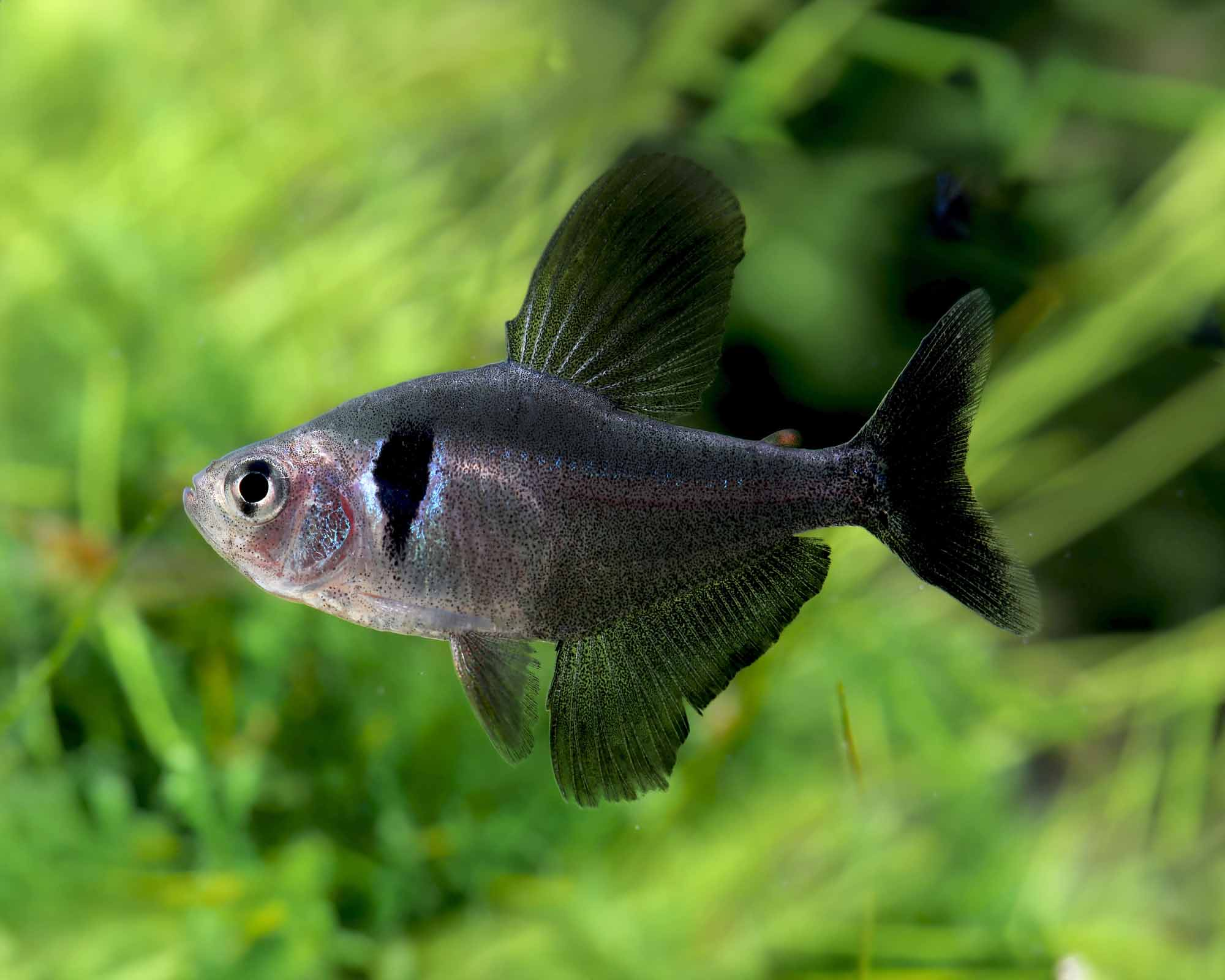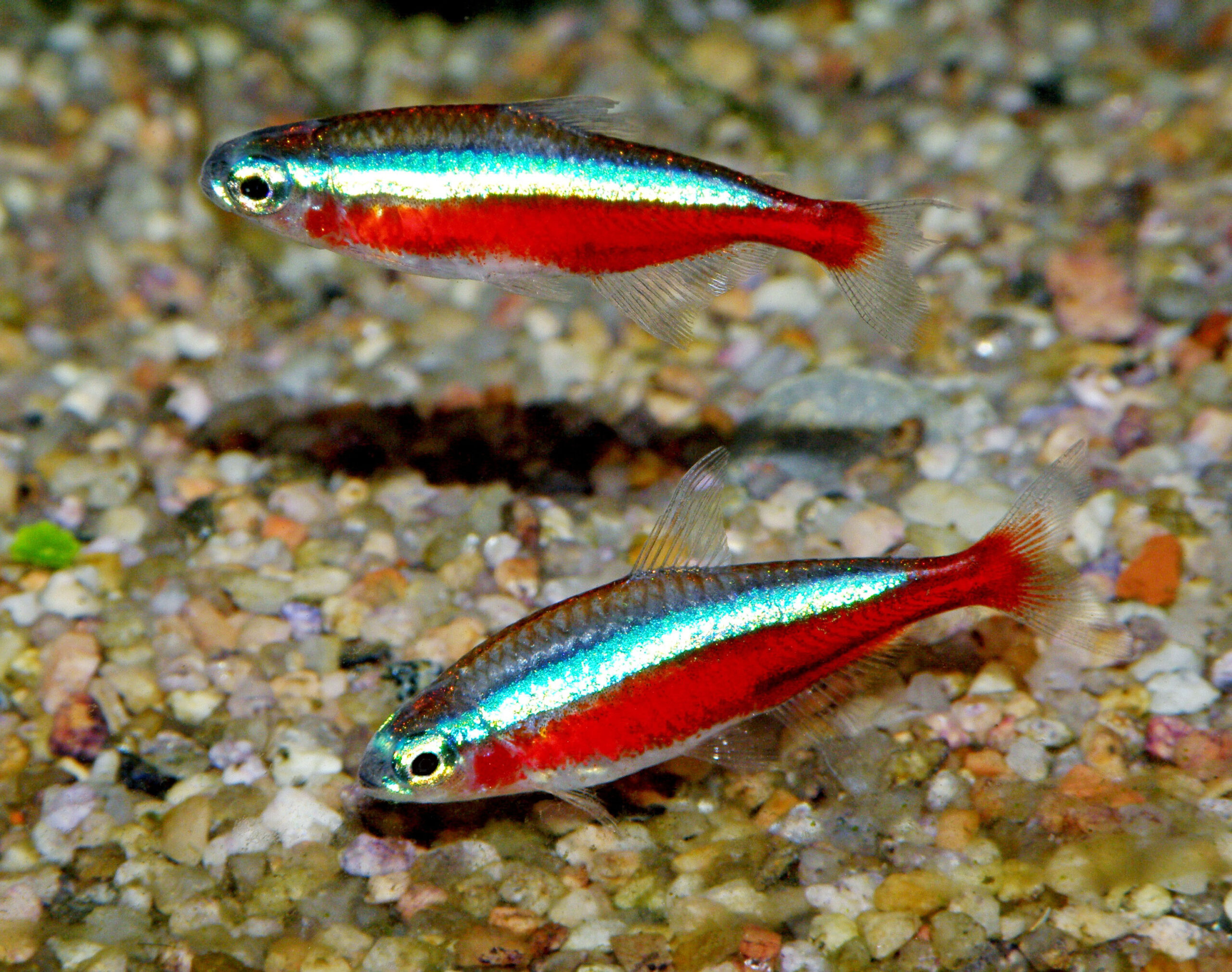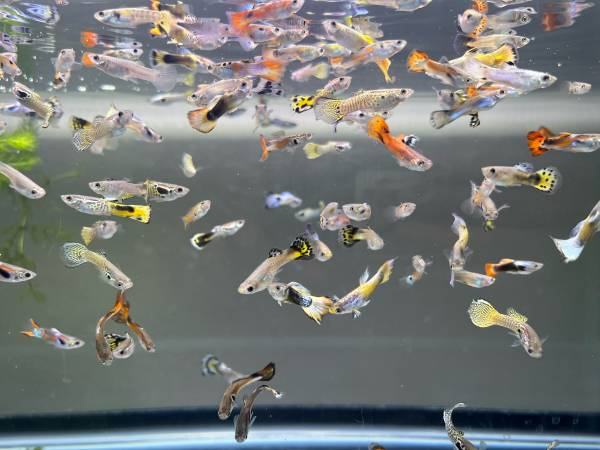The Yellow Peacock Cichlid (Aulonocara baenschi) is a stunning and vibrant fish that originates from Lake Malawi in East Africa. It’s known for its bright yellow coloration and peaceful nature, making it a popular choice among aquarium hobbyists. Below is a detailed guide about the Yellow Peacock Cichlid:
Yellow Peacock Cichlid Facts
- Scientific Name: Aulonocara baenschi
- Common Names: Yellow Peacock Cichlid, Nkhomo Benga Cichlid, Yellow Regal Peacock
- Origin: Lake Malawi, East Africa
- Adult Size: 4-6 inches (10-15 cm)
- Lifespan: 6-10 years
- Diet: Omnivorous
- Water Parameters: Temperature: 75-82°F (24-28°C), pH: 7.5-8.5
- Aquarium Size: Minimum 50 gallons
- Temperament: Peaceful but territorial during breeding
- Breeding: Maternal mouthbrooders
Yellow Peacock Cichlid Profile
The Yellow Peacock Cichlid is a relatively small fish that reaches an adult size of 4-6 inches. They are known for their striking yellow color, especially the males who intensify their hue during breeding seasons. These fish can live for 6 to 10 years with proper care, making them a long-lasting addition to your aquarium.
Yellow Peacock Cichlid Coloring
The male Yellow Peacock Cichlid is particularly known for its vibrant yellow body, accented by iridescent blue markings on the face and dorsal fins, which are most prominent during the breeding season. Females and juveniles tend to be less brightly colored, usually showing a more subdued yellow or pale coloration.
Yellow Peacock Cichlid Habitat
Native to Lake Malawi, these cichlids inhabit the sandy shores and rocky regions of the lake. They thrive in a habitat with a stable temperature and slightly alkaline water. The fish enjoy ample hiding spaces among rocks and sand, which is essential for both their well-being and territorial behavior.
Yellow Peacock Cichlid Aquarium Setup
To create an ideal home for your Yellow Peacock Cichlids, consider the following:
- Tank Size: A minimum of 50 gallons is recommended, but larger tanks are better for keeping multiple fish and providing ample swimming and territory space.
- Water Conditions: Maintain a temperature of 75-82°F (24-28°C) and a pH between 7.5 and 8.5 to mimic their natural environment. Regular water testing is essential.
- Substrate: Use fine sand, as it replicates their natural lakebed habitat. Avoid sharp or rough substrates, which could harm the fish.
- Aquascaping: Include rocks, caves, and other hiding spots to replicate the rocky shorelines of Lake Malawi. However, be cautious with live plants, as these fish may dig and uproot them.
- Filtration: A good filtration system is necessary to maintain water quality, as cichlids can produce a significant bioload.
Yellow Peacock Cichlid Breeding
Breeding Aulonocara baenschi is a fascinating process. The males perform an elaborate courtship display, showing off their brightest colors to attract a female. The female then lays her eggs in a safe spot, such as a flat rock, where the male fertilizes them. Afterward, the female takes the fertilized eggs into her mouth to incubate them, a process known as mouthbrooding. The fry remain in her mouth for about 21-28 days before being released into the tank.
Yellow Peacock Cichlid Diet & Feeding
These cichlids are omnivores, and a varied diet is important for their health. A well-balanced diet should include:
- Cichlid pellets or flakes for staple nutrition
- Frozen or live foods like brine shrimp, bloodworms, or daphnia for protein
- Vegetables such as spirulina flakes or blanched spinach for fiber Feed small amounts several times a day to prevent overfeeding and maintain water quality.
Yellow Peacock Cichlid Compatibility
Yellow Peacock Cichlids are generally peaceful but can become territorial, especially during the breeding season. They do well with other Malawi cichlids and similar-sized, peaceful fish. It is best to avoid aggressive species or much smaller fish that may be perceived as prey.
Common Diseases
Yellow Peacock Cichlids are susceptible to common aquarium diseases, including:
- Ich (Ichthyophthirius): White spots on the body and fins.
- Malawi Bloat: A condition characterized by abdominal swelling and loss of appetite, which is common in African cichlids. Maintaining good water quality and providing a healthy, balanced diet are key to preventing these issues.
Conclusion
The Yellow Peacock Cichlid is a fantastic addition to any aquarium, offering both stunning coloration and peaceful behavior. With proper care, a suitable environment, and compatible tankmates, these fish can thrive for many years, becoming a highlight in any freshwater setup. Their fascinating breeding behavior and vibrant appearance make them a favorite among cichlid enthusiasts.




Reviews
There are no reviews yet.